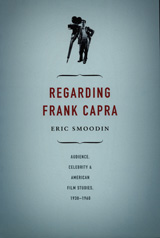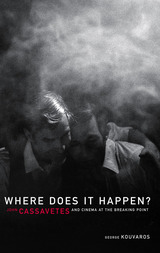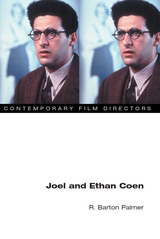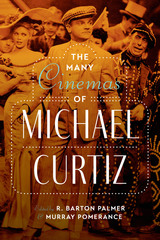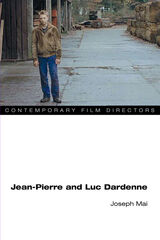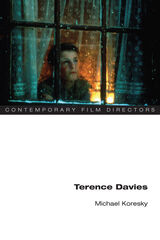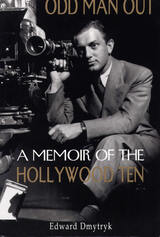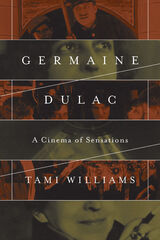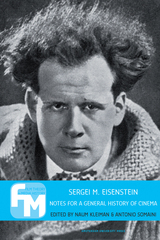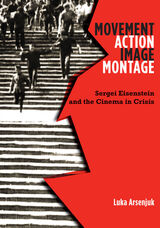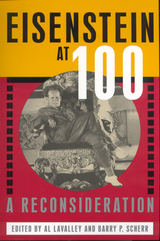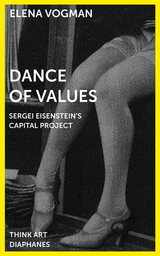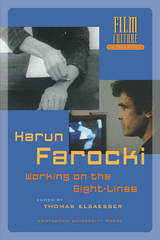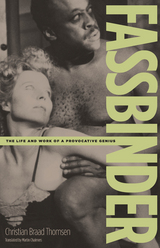Visions and Victims: Art Melodrama in the Films of Carl Th. Dreyer
University of Wisconsin Press, 2024
eISBN: 978-0-299-34753-6 | Cloth: 978-0-299-34750-5
Library of Congress Classification PN1998.3.D74D69 2024
Dewey Decimal Classification 791.430233092
eISBN: 978-0-299-34753-6 | Cloth: 978-0-299-34750-5
Library of Congress Classification PN1998.3.D74D69 2024
Dewey Decimal Classification 791.430233092
ABOUT THIS BOOK | AUTHOR BIOGRAPHY | REVIEWS | TOC | REQUEST ACCESSIBLE FILE
ABOUT THIS BOOK
Danish film director Carl Th. Dreyer, one of the twentieth century’s most famous filmmakers, is best known for his masterpiece, The Passion of Joan of Arc, and his midcentury classics, Day of Wrath and Ordet. Both viewers and scholars largely leave his early work, for Nordisk Film, on the shelf, dismissing it as immature melodramatic fare produced for a company known for superficial, popular entertainment. In the received historiography, Dreyer broke with Nordisk in the pursuit of developing his film as a high art, eventually succeeding on the world stage as an auteur and eschewing melodrama in favor of austere art film.
Amanda Doxtater offers a necessary corrective to this narrative of his bifurcated career. Close readings of Dreyer’s Nordisk films alongside his mature work reveal a stylistic throughline Doxtater terms “art melodrama,” a form combining the ambiguity, stylization, and consciousness of art cinema with the heightened emotional expressivity and dramatic embodiments characteristic of melodrama. She argues that Dreyer’s major artistic concerns known from his later work—pathos, authenticity, the embodiment of psychological duress, and so on—find their first expression in his Nordisk melodramas, complicating our understanding not only of his later films but also of his early works, and even our understanding of the melodramatic mode in general. Indeed, extending well beyond the career of a singular director, this book challenges assumptions about the relationship between “low-brow” melodrama and “high-brow” art cinema.
Amanda Doxtater offers a necessary corrective to this narrative of his bifurcated career. Close readings of Dreyer’s Nordisk films alongside his mature work reveal a stylistic throughline Doxtater terms “art melodrama,” a form combining the ambiguity, stylization, and consciousness of art cinema with the heightened emotional expressivity and dramatic embodiments characteristic of melodrama. She argues that Dreyer’s major artistic concerns known from his later work—pathos, authenticity, the embodiment of psychological duress, and so on—find their first expression in his Nordisk melodramas, complicating our understanding not only of his later films but also of his early works, and even our understanding of the melodramatic mode in general. Indeed, extending well beyond the career of a singular director, this book challenges assumptions about the relationship between “low-brow” melodrama and “high-brow” art cinema.
See other books on: Direction & Production | Films | Nordic Countries | Victims | Visions
See other titles from University of Wisconsin Press

